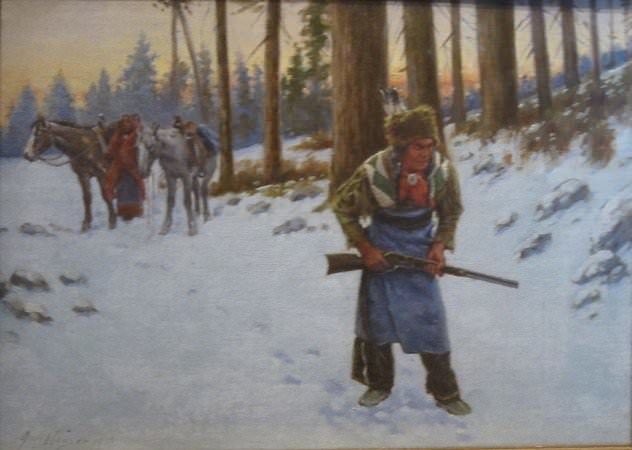5. Systema

Let’s face it—just to survive in Russia, one must be at least a little bit crazy. It’s no surprise, then, that Systema (the official martial art of the infamous Russian Spetsnaz) is such a cold and efficient way of opening a proverbial can on any capitalist pigs that refuse to get with the program.
Systema focuses on controlling the important parts of the body—the elbows, neck, knees, waist, ankles, and shoulders, through pressure points and critical hits. The root philosophies of the system are based on the laws of biomechanics and anatomy, with much of the training focusing on studying the natural weaknesses of the human form so that one may manipulate them at will.
Another unique characteristic of Systema is that it doesn’t just focus on unarmed, one-on-one combat, as do many other martial arts. Instead, it teaches the practitioner how to deal with multiple opponents coming from all angles with a variety of weapons. Because hey, what’s more badass than knocking out an overly muscled thug? Well, knocking out five or six overly muscled thugs.
4. Jailhouse Rock

Jailhouse Rock (JHR) is one of only two martial arts that are indigenous to the United States. Created within the cutthroat world of (you guessed it) America’s prison system, JHR is a prime example of no-frills brawling developed by men who literally have nothing better to do than work out and fight.
JHR’s is notable for its brutal training methods, one of which is known as 52 pick-up. A deck of cards are scattered about the floor and trainees are made to pick them all up in order while being beaten mercilessly by three or more others.
3. Kalari Payat

Indigenous to the southern Indian state of Kerala, Kalari Payat is commonly recognized as the oldest fighting system in existence and predecessor to some of the most popular martial arts in the world. Oral tradition claims that it was created by an incarnation of the Hindu god Vishnu, who is also described as the “Preserver of The Universe” and who was said to have a “universal form that was beyond the ordinary limits of human perception”.
Kalari Payat has many variations and sub-types, each specializing in different facets of both armed and unarmed combat. One of the most notable is Marma Arti (hitting the vital spots), which, in the hands of a master, can instantly paralyze or kill with a single, well-placed strike to any one of the 108 nerve points that are considered to be lethally vulnerable. And, as if they’re so deadly that it makes them feel guilty, the masters of this powerful art also study the Siddha medical system, which stems from the same ancient teachings.
2. Silat

Developed by the ruthless headhunting tribes of Malaysia, Singapore, and the Philippines, Silat is a collective word for hundreds of different styles of combat, including grappling, striking, joint manipulation, throws, and the use of bladed weaponry.
The earliest evidence of Silat being taught in its present form is found in Sumatra. There, according to legend, a woman created the combat system based on observing wild animals, much like many other Asian martial arts. Today, Silat is employed by several military groups throughout the Malay Archipelago and surrounding lands, and by the notorious pirate clans of the South China Sea.
1. Okichitaw

One of the few remaining examples of Native American martial arts, Okichitaw is based on the fighting techniques of the Plains Cree First Nations. Founded by George J. Lepine, a student of judo, tae kwan do, and hapkido who also mastered the gunstock war club and tomahawk-throwing techniques, Okichitaw is a hybrid art that combines the ravenous fury of the Native American fighting spirit with the tried-and-true methods of popular Asian styles.
The techniques taught in Okichitaw often assume the possession of a weapon. Much like aikido, even if the practitioner is empty-handed, his/her strikes are performed as if a weapon is being used. For instance, the hands are used like tomahawks, while kicks jab at a distance like spears. Knife techniques are also very prevalent within the codified systems of Okichitaw.


